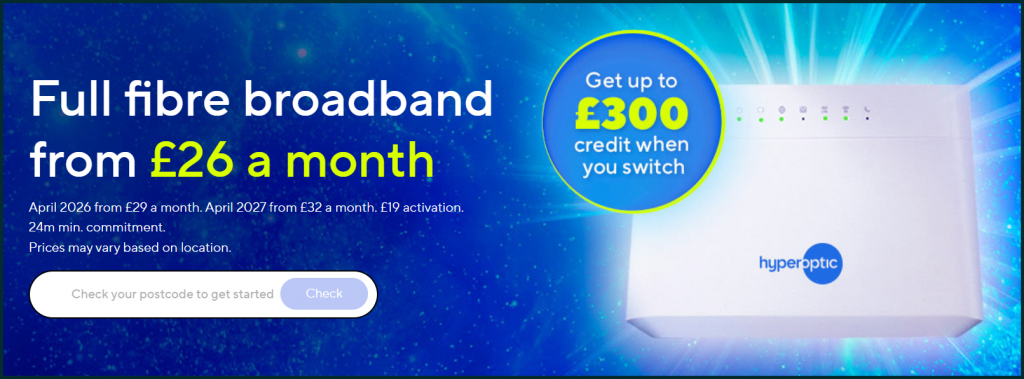In the digital age, tablets have emerged as powerful tools that can revolutionize the way we approach education. The integration of tablets into learning environments, whether in classrooms or individual study sessions, opens up a world of interactive and engaging opportunities. Here’s a comprehensive guide on how to leverage tablets effectively for learning, ensuring a dynamic and enriching educational experience.
- Choose Educational Apps Wisely: The abundance of educational apps can be overwhelming, but selecting quality apps tailored to specific learning objectives is crucial. Look for apps that align with the subject matter, cater to the learner’s age group, and offer interactive features. Whether it’s language learning, math drills, or science simulations, there’s an app for nearly every educational need.
- E-books for Reading Enthusiasts: Tablets serve as portable libraries, offering access to a vast array of e-books. Encourage reading enthusiasts to explore digital books, which often come with interactive features, audio narration, and animations. Tablets provide a dynamic reading experience that can enhance comprehension and foster a love for literature.
- Interactive Learning Platforms: Many educational platforms are optimized for tablet use, offering interactive lessons, quizzes, and progress tracking. Platforms like Khan Academy, Duolingo, and Quizlet provide engaging content across various subjects, making learning a personalized and interactive experience.
- Note-Taking Apps for Organization: Tablets are excellent tools for digital note-taking. Encourage students to use apps like Microsoft OneNote, Notability, or Evernote to organize their thoughts, create digital flashcards, and annotate lecture slides. These apps facilitate seamless synchronization across devices, ensuring that notes are accessible anytime, anywhere.
- Collaborative Learning with Google Workspace: Google Workspace (formerly G Suite) applications such as Google Docs, Sheets, and Slides are optimized for tablet use, fostering collaboration and real-time editing. Tablets enable students to work on group projects, share documents, and collaborate seamlessly, enhancing teamwork and communication skills.
- Multimedia Learning with Videos and Podcasts: Tablets provide an immersive multimedia learning experience. Platforms like YouTube and educational podcast apps offer a wealth of instructional content. Whether it’s educational videos, TED Talks, or subject-specific podcasts, multimedia resources on tablets can reinforce classroom learning and introduce new perspectives.
- Digital Flashcards for Reinforcement: Flashcards are a tried-and-true method for reinforcing learning. With apps like Anki, Quizlet, or Brainscape, students can create and review digital flashcards on their tablets. These apps often incorporate spaced repetition algorithms to optimize memory retention.
- Augmented Reality (AR) and Virtual Reality (VR): Tablets equipped with AR and VR capabilities provide immersive learning experiences. Applications in science, history, and geography can come to life through augmented reality, offering a more tangible and memorable understanding of complex concepts.
- Parental Controls for a Safe Learning Environment: For younger learners, parental controls on tablets ensure a safe and focused learning environment. Setting up restrictions and monitoring app usage can help parents guide their children’s digital learning experiences responsibly.
- Regular Maintenance and Updates: Regularly update tablet operating systems and educational apps to ensure optimal functionality and security. This ensures that students can take advantage of the latest features, bug fixes, and security enhancements.
In conclusion, tablets have the potential to revolutionize the learning experience, providing a versatile and interactive platform for students of all ages. By judiciously selecting educational apps, fostering collaboration, and embracing multimedia resources, tablets can become powerful allies in the pursuit of knowledge, making learning more engaging, personalized, and effective.

